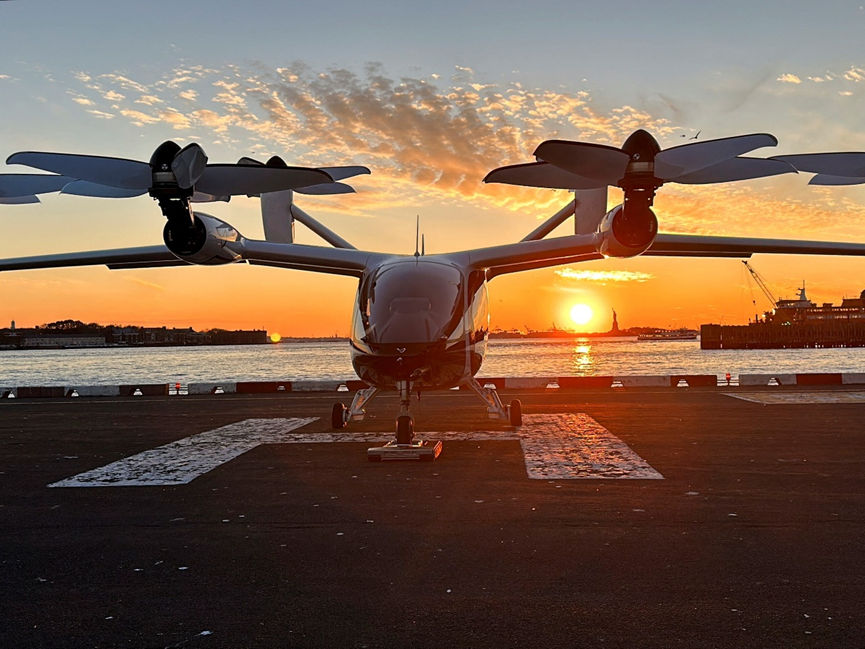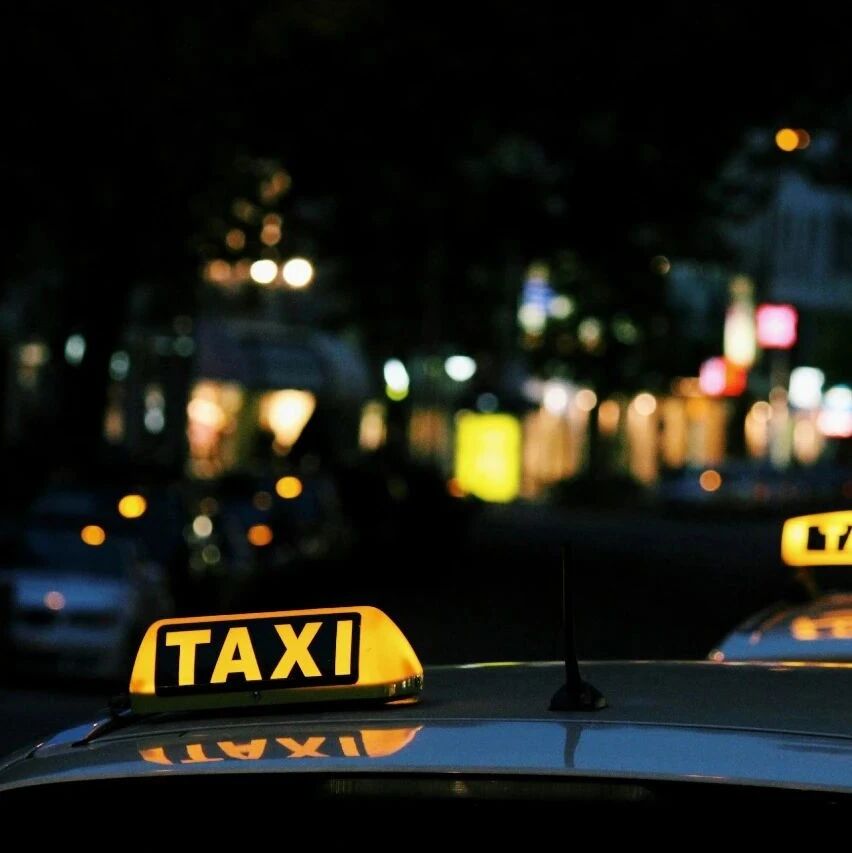

To achieve efficiency and climate goals, more and more cities are turning their attention to transportation technologies, including San Francisco, a pioneer in transportation innovation.
Image source: Reuters / Roselle Chen
Andreas Nienhaus
Partner at Aon Consulting (Marsh)
Co-Head of the Oliver Wyman Forum Mobility Initiative
Guillaume Thibault
Partner at Aon Consulting (Marsh)
More and more cities are turning their attention to innovative transportation technologies to achieve both efficiency and climate goals.
Innovative technologies such as artificial intelligence, green energy production, and self-driving cars can make transportation more sustainable and efficient.
Collaborating with the private sector helps cities gain broader access to innovative solutions.
Urban transportation planning is undergoing a transformation. Cities must deliver affordable, sustainable, and efficient mobility solutions, and increasingly, they’re prioritizing the adoption of cutting-edge technologies to meet these goals—such as electric vehicles and air taxis.
In the sixth edition of the "Urban Mobility Readiness Index" ranking, cities that embrace innovation and consistently invest in infrastructure development have topped the list. This study, conducted jointly by the Orbis Forum and UC Berkeley, ranks 70 global cities based on 71 key performance indicators, assessing their readiness to tackle the evolving challenges of the transportation landscape. This year’s ranking places innovation as the primary metric and introduces a new sub-index—“Technology Adoption”—to evaluate how prepared cities are for embracing cutting-edge technologies like artificial intelligence, autonomous vehicles, and air taxis.
San Francisco has claimed the top spot in the overall ranking for the first time since 2022, thanks to its strategic location adjacent to Silicon Valley, the adoption of cutting-edge transportation technologies, and its strong focus on enhancing essential infrastructure like public transit. Among the three cities—San Francisco, Singapore, and Helsinki—each stands out as a model for leveraging artificial intelligence, prioritizing green energy initiatives, and demonstrating readiness to embrace autonomous vehicles and air taxis.
1. Leveraging AI to Enhance Public Transportation
Public transportation remains the most affordable and sustainable mode of travel to date, and as society gradually recovers in the post-pandemic era, commuter traffic continues to rise. According to a report by the *Straits Times*, Singapore ranked first in the 2024 Public Transport Sub-Index, with its 2023 public transport ridership reaching 93.5% of pre-pandemic levels. While investing heavily in infrastructure, the city-state has also integrated cutting-edge AI and automation solutions into its public transit system—such as the ambitious 360-kilometer rail expansion project, slated for completion in the early 2030s.
In June 2024, a public transport operator in Singapore established an innovation center that brings together businesses, academia, and government agencies to jointly strengthen the public transit network. The center has already developed generative AI-powered plugins for several bus stops, including an assistive tool that translates speech and text into sign language, as well as a chatbot designed to answer passengers' travel-related queries.
These technologies can all boost public transportation ridership, helping cities meet their growing demand. A survey by the Oliver Wyman Forum, which polled 16,700 consumers across 17 countries, revealed that in November 2024, the average share of people using buses, subways, or trains was 46%, up from 42% in October 2023.
2. Driving Sustainable Transportation with Green Energy
According to analysis from the Oliver Wyman Forum, even with a well-balanced mix of electric vehicles, public transportation, and micro-mobility solutions, most cities will still fail to meet their climate goals without a low-carbon energy grid.
Helsinki, the capital of Finland, ranks far ahead in this year’s Sustainable Transport Sub-Index, thanks in part to its comprehensive financial incentives for electric vehicle buyers, the establishment of car-free zones, cutting-edge cycling infrastructure, and a modern railway network. Meanwhile, a local energy company is investing in Helsinki to build the world’s first green hydrogen production plant. What makes this facility unique is that it uses wind and solar power to generate hydrogen—plus, the waste heat produced during the process will be repurposed to supply Helsinki’s district heating system.
This project is one of Finland’s many initiatives aimed at developing its energy market and attracting more partners to join this promising sector. An organization based in Helsinki forecasts that, by 2030, the hydrogen market could reach approximately $250 billion—growing at an annual rate of over 7% since 2022. Additionally, in 2023, the Finnish government established a dedicated organization to support and draw investment into research, development, and innovation within the hydrogen and battery industries.
3. Preparing for self-driving cars and air taxis
Cities should consider leveraging new technologies to tackle climate change while making transportation services more affordable and convenient. For instance, robot taxis could reduce the cost of ride-hailing; self-driving trains and buses could enhance the efficiency of public transit; and air taxis might help ease traffic congestion on roads.
Like other leading cities, San Francisco has adopted a "sandbox policy" to foster innovation by allowing transportation providers to test their cutting-edge technologies on city streets. In August 2023, the city granted its first-ever approval for commercially operated driverless taxis to begin service. Meanwhile, several companies have unveiled plans to launch an aerial mobility network, with electric vertical takeoff and landing (eVTOL) aircraft expected to debut in San Francisco by the end of 2025. The proposed transportation network will connect multiple cities across the San Francisco Bay Area, including areas in southern San Francisco, Napa, Oakland, San Jose, and Livermore—aiming to reduce travel times from one to two hours down to just 10 to 20 minutes.
Other cities are also rolling out these technologies. In 2024, Shanghai issued licenses to four autonomous taxi companies, while an air taxi service began commercial operations. Similarly, Beijing granted permits to several autonomous taxi firms, enabling them to provide services between the city center and Beijing Daxing International Airport.
If cities fail to embrace new technologies, the consequences won’t be as simple as "falling behind"—they could even risk missing out on the upcoming growth opportunities in the mobility industry. According to analysis from the Boston Consulting Group Forum, by 2035, the combined revenue of advanced driver-assistance systems and the air taxi sector is projected to reach $314.8 billion—representing a staggering surge compared to the $1.7 billion total revenue generated in 2023.
Businesses that actively embrace these services have the opportunity to build a local business ecosystem, attracting and cultivating a strong customer base. A global survey conducted by Oliver Wyman Forum in June 2024 revealed that over 40% of consumers said they would "definitely" or "probably" use self-driving taxis, while 39% expressed similar interest in air taxis.
Sustainability, affordability, and accessibility are key to making cities attractive places to live and work. Cities that collaborate closely with the private sector and embrace emerging, innovative transportation solutions will remain competitive in the long term.

The above content solely represents the author's personal views.This article is translated from the World Economic Forum's Agenda blog; the Chinese version is for reference purposes only.Feel free to share this in your WeChat Moments; please leave a comment at the end of the post or on our official account if you’d like to republish.
Translated by: Sun Qian | Edited by: Wang Can
The World Economic Forum is an independent and neutral platform dedicated to bringing together diverse perspectives to discuss critical global, regional, and industry-specific issues.
Follow us on Weibo, WeChat Video Accounts, Douyin, and Xiaohongshu!
"World Economic Forum"


